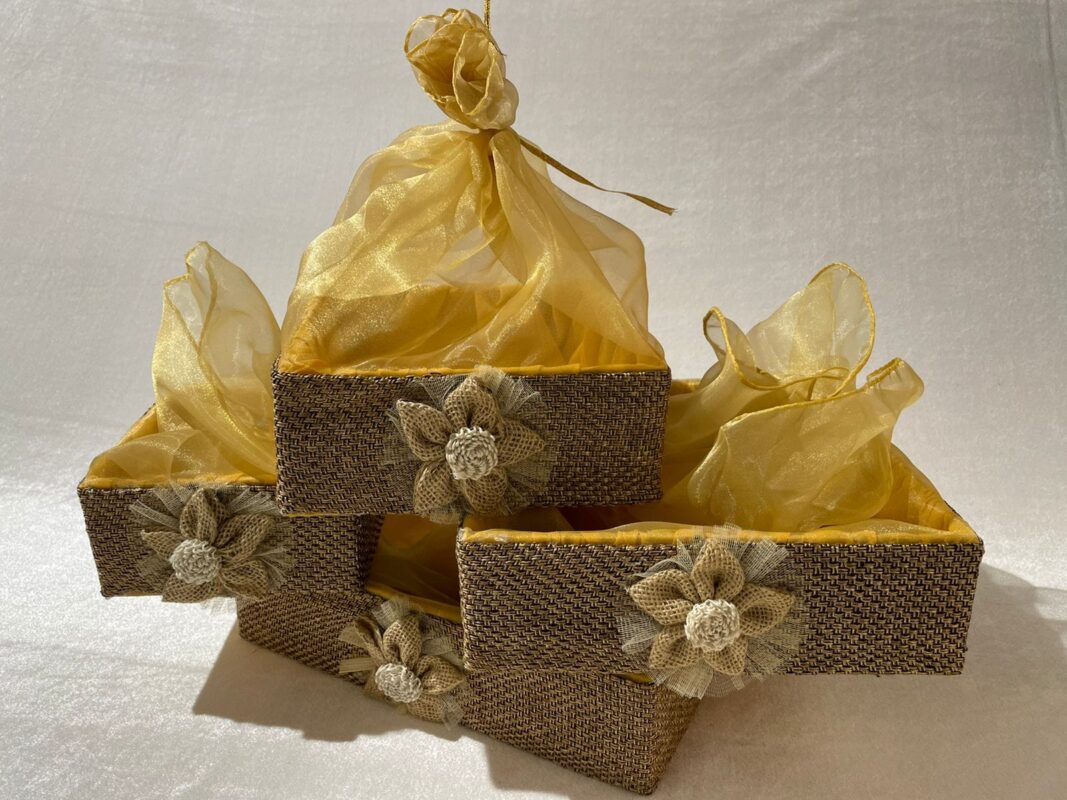Tag Archives: dry fruit packing material
When it comes to dry fruit packaging, the right choice of packaging materials plays a crucial role in ensuring the freshness, quality, and longevity of the products. The packaging material acts as a protective barrier against external factors such as moisture, light, and oxygen, maintaining the taste, texture, and nutritional value of the dry fruits. In this blog post, we will explore the importance of selecting the right packaging material for dry fruits and highlight some popular options available.
Key Considerations for Dry Fruit Packaging Material:
When choosing the ideal packaging material for dry fruits, several factors should be taken into account. Here are some key considerations:
Moisture Barrier: Dry fruits are particularly susceptible to moisture, as it can lead to spoilage, mold growth, and loss of crispness. An effective packaging material should provide a strong moisture barrier to protect the product during storage and transportation.
Oxygen and Light Protection: Oxidation can cause dry fruits to lose their flavor, color, and nutritional value. Light exposure can also accelerate the deterioration process. Selecting packaging materials that minimize oxygen and light permeability is essential for preserving the quality of dry fruits.
Product Visibility: While protecting the dry fruits is vital, it is also important to consider product visibility. Clear packaging materials allow consumers to see the quality, color, and size of the dry fruits, enhancing their purchasing experience.
Environmentally Friendly: With the growing emphasis on sustainability, choosing packaging materials that are eco-friendly and easily recyclable is a responsible choice that can help reduce environmental impact.
Popular Packing Materials for Dry Fruits:
Various packaging materials are commonly used for dry fruits, each with its own advantages and considerations. Here are a few popular options:
Polyethylene Bags: Polyethylene bags provide an excellent moisture barrier and are commonly used for packaging dry fruits. They are transparent, lightweight, and cost-effective. However, they may have limited oxygen and light protection.
Stand-Up Pouches: Stand-up pouches are a popular choice for dry fruit packaging. They are typically made of laminated materials such as polyethylene, aluminum foil, and nylon, offering enhanced moisture, oxygen, and light resistance. They are versatile and can be resealed, providing convenience to consumers.
PET (Polyethylene Terephthalate) Jars: PET jars are transparent, allowing for product visibility, and provide a good moisture and oxygen barrier. They are impact-resistant and can be easily recycled, making them environmentally friendly.
Vacuum Seal Packaging: Vacuum sealing involves removing air from the packaging to extend the shelf life of dry fruits. This method helps create an oxygen-free environment, reducing the risk of spoilage and preserving the freshness of the products. Vacuum-sealed packages can be made of various materials.
Choosing the Right Packaging Material:
When deciding on the appropriate packaging material for dry fruits, it’s essential to consider the specific needs of the product, branding requirements, cost, and environmental impact. Here are some steps to guide you:
Assess the Product: Consider the moisture content and susceptibility to oxidation of the dry fruits. Evaluate whether they are fragile and prone to breakage.
Evaluate Storage and Transportation Conditions: Take into account the duration and conditions of storage and transportation to determine the level of protection required.
Consider Branding and Product Visibility: Determine whether product visibility is important to your branding strategy, as this can influence the choice of transparent or opaque packaging materials.
Sustainable Options: Explore eco-friendly packaging materials made from recycled or biodegradable materials to align with sustainable practices.
Test and Optimize: Conduct small-scale tests with different packaging materials to assess the impact on product quality, shelf life, and consumer satisfaction. Make adjustments based on the results.
Selecting the appropriate packaging material for dry fruits is essential to ensure product freshness, quality, and customer satisfaction. Considerations such as moisture barrier, oxygen and light protection, product visibility, and environmental impact should shape your decision-making process. Understanding specific product requirements and conducting tests can help identify the most suitable packaging material, allowing you to provide consumers with dry fruits that maintain their taste, texture, and nutritional value.



